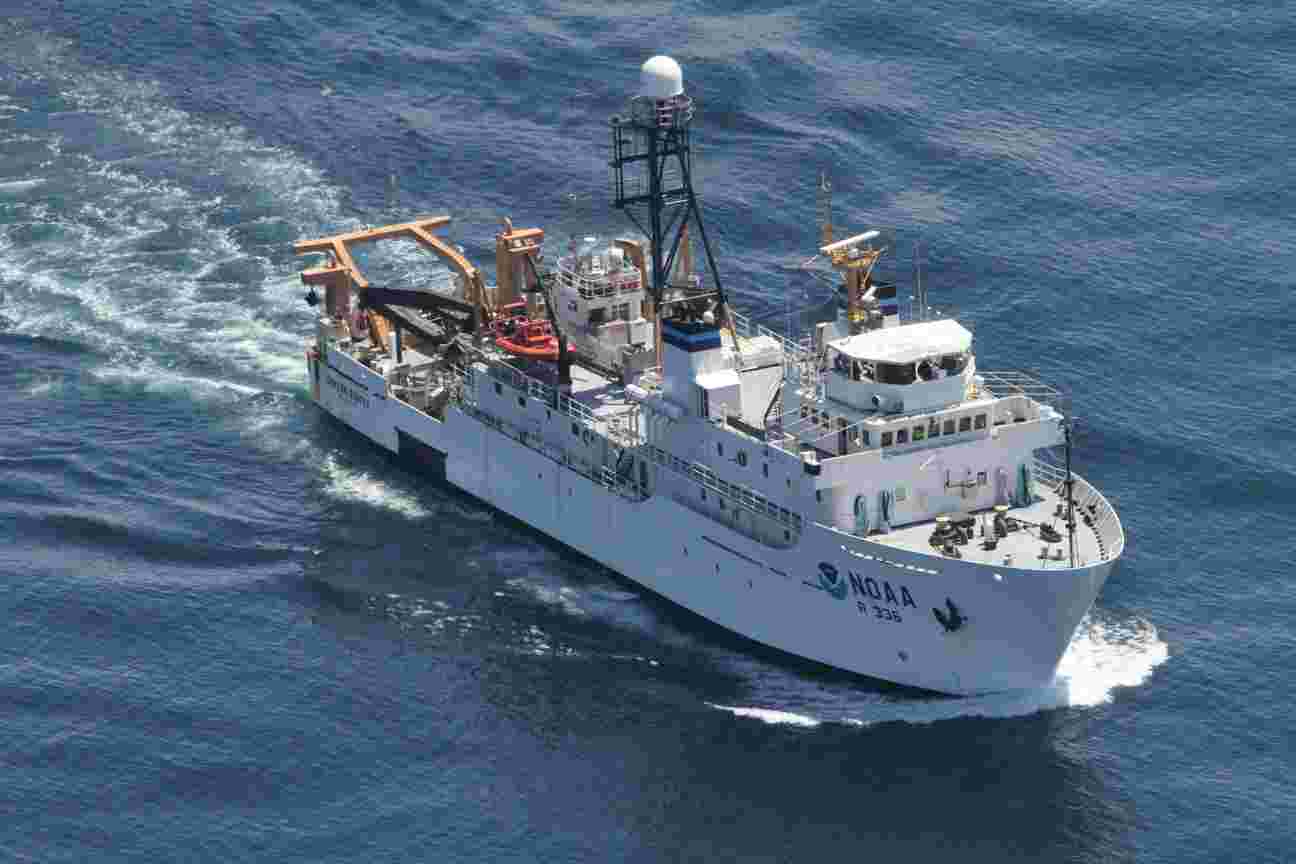Advantages of Lithium Iron Phosphate (LFP) Batteries for Deep Cycle Marine Applications

Emerging "lithium battery-powered electric vessels" are gaining prominence as the preferred choice for short-distance transport ships, sightseeing boats, and ferries in inland rivers and lakes, thanks to their eco-friendliness, zero emissions, safety, and low operational costs. Among lithium batteries, deep cycle marine batteries using lithium iron phosphate (LFP) technology stand out as the safest option. Recent advancements in safety, long-range endurance, high power output, and extended lifespan have positioned LFP batteries as the optimal energy source for electric ships. Compared to other lithium batteries, LFP batteries offer the following advantages for marine applications:
1) Enhanced Safety of LFP Batteries
LFP batteries excel in safety and high-temperature resistance. The olivine crystal structure of the LiFePO₄ cathode ensures exceptional stability, as oxygen (O) and phosphorus (P) atoms are tightly bonded by strong covalent forces. This prevents oxygen from reacting with the electrolyte, even under high temperatures, avoiding structural collapse or thermal runaway. LFP batteries can withstand thermal peaks of 350–500°C, far surpassing the 200°C tolerance of lithium manganese oxide (LMO) or lithium cobalt oxide (LCO) batteries
12. Their broad operational temperature range (-20°C to +75°C) and outstanding safety make LFP the preferred cathode material for medium-to-large-capacity, high-power marine lithium-ion batteries. These traits are particularly critical for deep cycle marine batteries, which operate in demanding environments.
2) Longer Lifespan for Sustained Performance
LFP batteries boast a full charge-discharge cycle life exceeding 2,000 cycles under standard conditions (5-hour rate). In contrast, lead-acid batteries typically endure only 300 cycles, with a maximum of 500 cycles, and a service life of 1–1.5 years. Under equivalent conditions, LFP batteries achieve a theoretical lifespan of 7–8 years.
Additionally, LFP supports high-current discharge and rapid charging (up to 2C rates), a capability absent in lead-acid batteries. This durability and flexibility make LFP an ideal choice for deep cycle marine batteries, which require resilience to frequent energy depletion and recharge cycles.
3) Cost-Effective Energy Density and Market Potential
By 2018, commercial prismatic aluminum-shell LFP cells achieved an energy density of 160 Wh/kg, rising to 175–180 Wh/kg by 2019. Leading manufacturers have since pushed this to 190 Wh/kg, with some breakthroughs reaching 200 Wh/kg. Continuous advancements in LFP technology are expected to further elevate energy density while reducing costs, driven by growing demand in the electric vessel and energy storage markets. This cost-performance advantage solidifies LFP’s role in deep cycle marine battery systems, balancing affordability with high energy output.
4) Eco-Friendly and Sustainable Solution
LFP batteries contain no toxic heavy metals or rare-earth elements, aligning with strict environmental standards such as the EU’s Restriction of Hazardous Substances (RoHS) directive. Certified by Societe Generale de Surveillance S.A. (SGS) for non-toxicity and pollution-free operation, LFP batteries are a sustainable choice for marine applications.
Their green credentials complement the zero-emission goals of electric vessels, making them indispensable for deep cycle marine batteries in eco-sensitive waterways.
Conclusion
Lithium iron phosphate batteries, with their unmatched safety, longevity, cost efficiency, and environmental benefits, are revolutionizing the marine industry. As deep cycle marine batteries, they empower vessels to meet stringent emission regulations while delivering reliable, high-performance energy solutions. With ongoing technological refinements and market expansion, LFP is poised to dominate the future of electric maritime propulsion.

